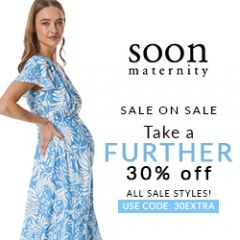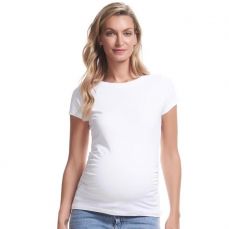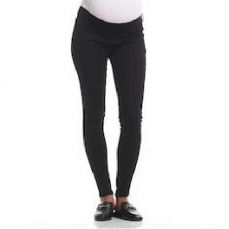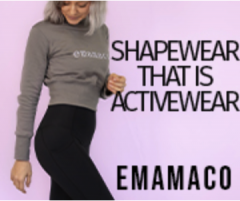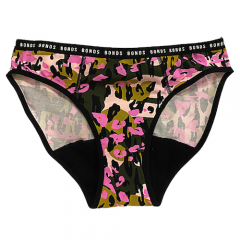Maternity Clothes - what to wear? Clothes Suitable for stages: Pregnancy, 0 - 3 Months, 3 - 6 Months
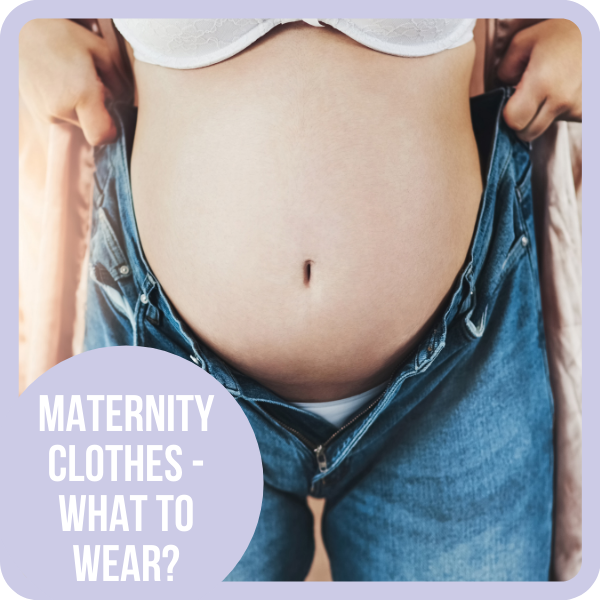

How you look and feel in your clothes, including the fit, style, and colours can help you feel good about yourself and lift your mood (or the opposite). Your choice of clothes is a form of self-expression, representing your mood and personality.
What's already in your wardrobe?
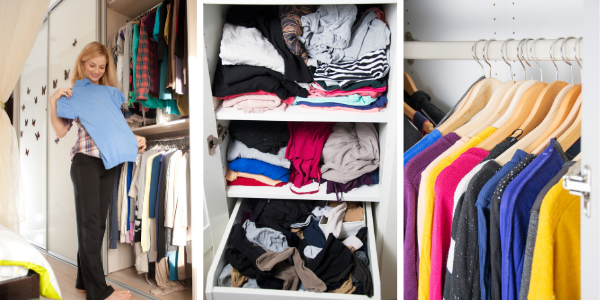
When you look through your wardrobe, there might be many items that will accommodate your growing bump and fit you after your post-baby body. Look for the following features:
- loose-fitting and long shirts
- button up or zipper style tops (great for breastfeeding)
- longer jumpers
- long cardigans or jackets with extra fabric at the front to wrap around your waist
- tights with a lot of stretch around the waist
- elastic-waisted pants/jeans which can be worn low under your bump
- not too short dresses (your bump will cause the dress to ride up at the front) with elastic or stretch fabric gathered under the bust and loose-fitting around the waist
- sports bras
- socks with soft top/no elastic (helps with fluid retention if you are on your feet all day)
- supportive shoes that have some room at the toe (your feet can grow during pregnancy due to soft ligaments)
Maternity Clothes shopping
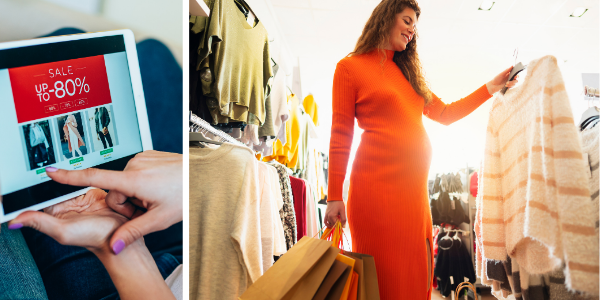
It would be difficult to go through your entire pregnancy without needing to buy at least a few maternity clothes, including pants, underwear, and bras. Depending on your preferences, you could look at second-hand items as an eco-conscious choice. Sometimes friends or family members have maternity clothes they are not using, which can be suitable. Try adding a need peg for the maternity clothing items you need and see if anyone can lend or give you something suitable.
If you are buying new, there are many options, particularly online, for maternity clothes. It can make sense when buying tops and pants, to buy items that will suit your post-natal body as well. Tops and dresses that you can breastfeed in, pants that can still be worn with or without a big bump, and coats that can be worn over your bump and then be used for babywearing. It is worth buying maternity bras in a couple of different sizes since your breast size (mostly if breastfeeding) will fluctuate. Maternity bras can be more comfortable than any type of bra you have had in the past. The items which have the most versatility and longevity will be worth the investment. Don't forget that your maternity clothes can then be worn during any subsequent pregnancies and post-natal periods and can be shared around friends and family when you are past your childbearing years.
When buying clothes, particularly if you have sensitive skin, look at what the clothes are made of. We live with clothes against our skin for most of the day, your skin needs to breathe, and our skin is both absorbent and has a microbiome that needs to maintain a balance to form a protective barrier. When you think of your skin's role in maintaining your health, it becomes obvious that what we put on and against our skin matters. Clothes are manufactured from raw materials from naturally occurring plants and animal products or are a combination of natural materials and synthetic materials, or wholely synthetic materials. It is truly amazing what they have done with chemistry to create modern synthetic fabrics that can have qualities superior to natural fabrics and materials in many ways. On the other hand, in being aware of the chemical processes used to alter the raw materials to create the fabrics, you can question the true cost of advances in textiles.
Even naturally occurring materials can be taken and manufactured using chemical treatments or questionable farming methods. These methods are used because they increase yields and give the fabrics additional qualities, but it increases our exposure directly to these substances. They also increase our exposure to these chemicals in the environment, including in waterways and indoor air due to the fabric's breakdown over time. Where you can afford it, consider starting to replace materials in your home and wardrobe with organic or environmentally sustainably grown products.
Common natural fabrics to look for include:
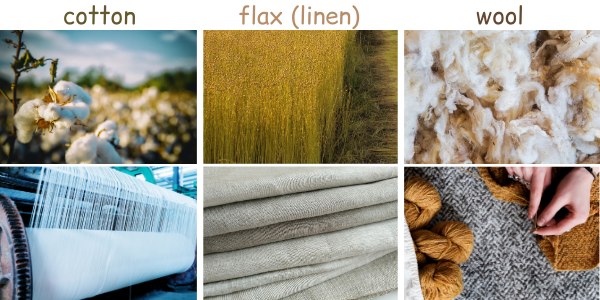
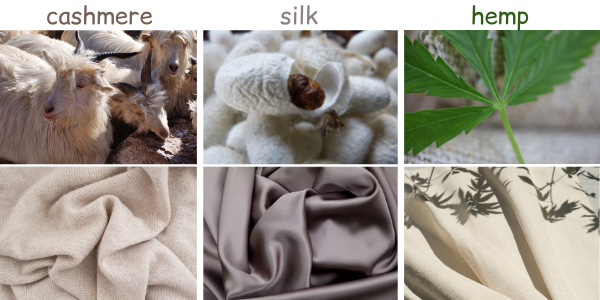
Take note of the label next time you are looking at buying clothes. Your purchase is your power as a consumer to support merchants and manufacturers producing quality products that are good for you and the environment.
Check out maternity clothes from:
- Soon Maternity
- Emamaco - Maternity leggings, shorts, pregnancy recovery leggings & shorts, nursing and breastfeeding tops, crops and bras.
- Nursing & maternity bras from The Stork Nest
- Maternity range from Modibodi
- Women's clothing & Maternity Women's Clothing from eBay.
- Maternity Clothing from Amazon.com.au
Happy hunting!
Please note: Above all, any information on this website aims to provide general ideas for informational and educational purposes only. We encourage users to investigate several information sources, including, where necessary, independent individualised medical advice before making any decisions that could affect you or your child’s health or wellbeing.
* BabyPeg participates in various affiliate programs and may earn a commission for referring our users through the links provided. This is at no additional cost to our users. We take great care in choosing products and services which align with the mission of promoting better health and wellness for our BabyPeg community. Where possible, products are tried and tested by us. To continue to provide BabyPeg as a free service and reach as many parents as possible, we appreciate your support in using the link provided to purchase if you decide the product is right for you.
